3D Printing Summer of 2023: Attack of the Core XYs
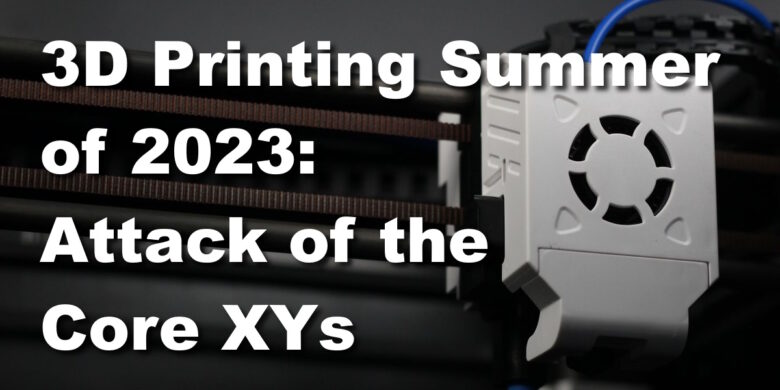
Since the beginning of the year, most 3D printing companies started teasing faster printers, but we all know that this happened in the previous years and it was mostly marketing material. This year, it seems that the huge pressure from Bambu Lab with their X1 and P1 line of 3D printers has pushed other 3D printing companies to actually start pulling their weight and deliver something better.
But don’t think that other companies started working on fast Core XY printers just for fun. If the fast 3D printing craze started by Bambu wouldn’t have happened, I am sure that we would still be buying overpriced Cartesian 3D printers with Ultra Pro S Ultimate 2023 ++ in their name.
I’m not complaining! To be honest, I am super happy to finally see some actual improvements in the market and competition to start ramping up. Getting a good CoreXY 3D printer wasn’t that easy but enthusiasts could build a Voron, Ratrig, VzBot, and other CoreXY printers out there. These DIY machines are awesome, but not everyone has the skills or experience to build something like that.
Creality
I believe everyone was waiting for Creality’s answer to the Bambu Lab printers as I think they are considered the leading 3D printing company when it comes to consumer machines (at least when it comes to sales).
I was waiting for the same thing, so when they announced the Creality K1 and K1 Max, one part of me was super happy to see what they came up with, but the other side was a bit fearful considering that Creality tried CoreXY printers in the past (Ender 6, Ender 7) which didn’t really live up to the hype.
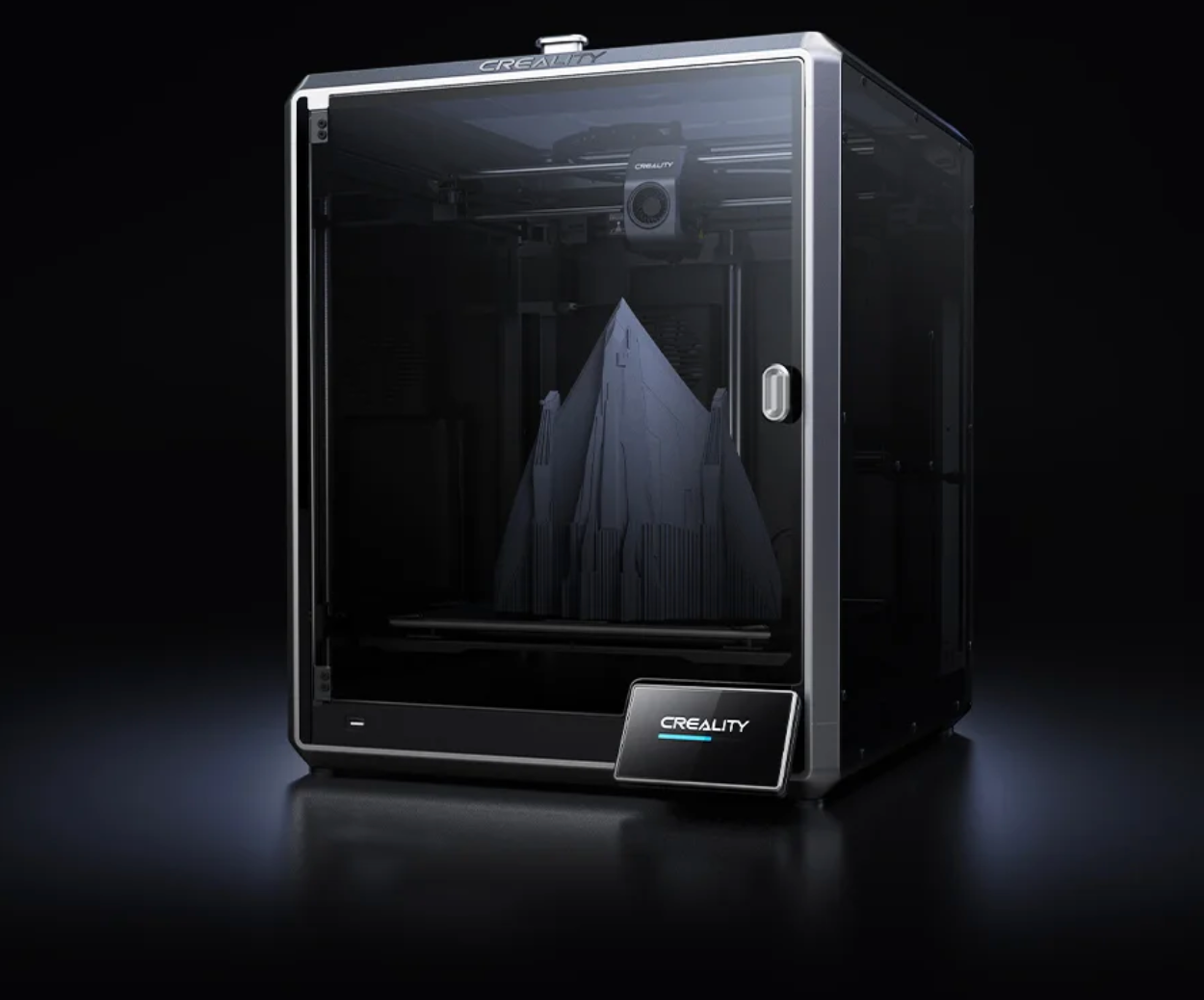

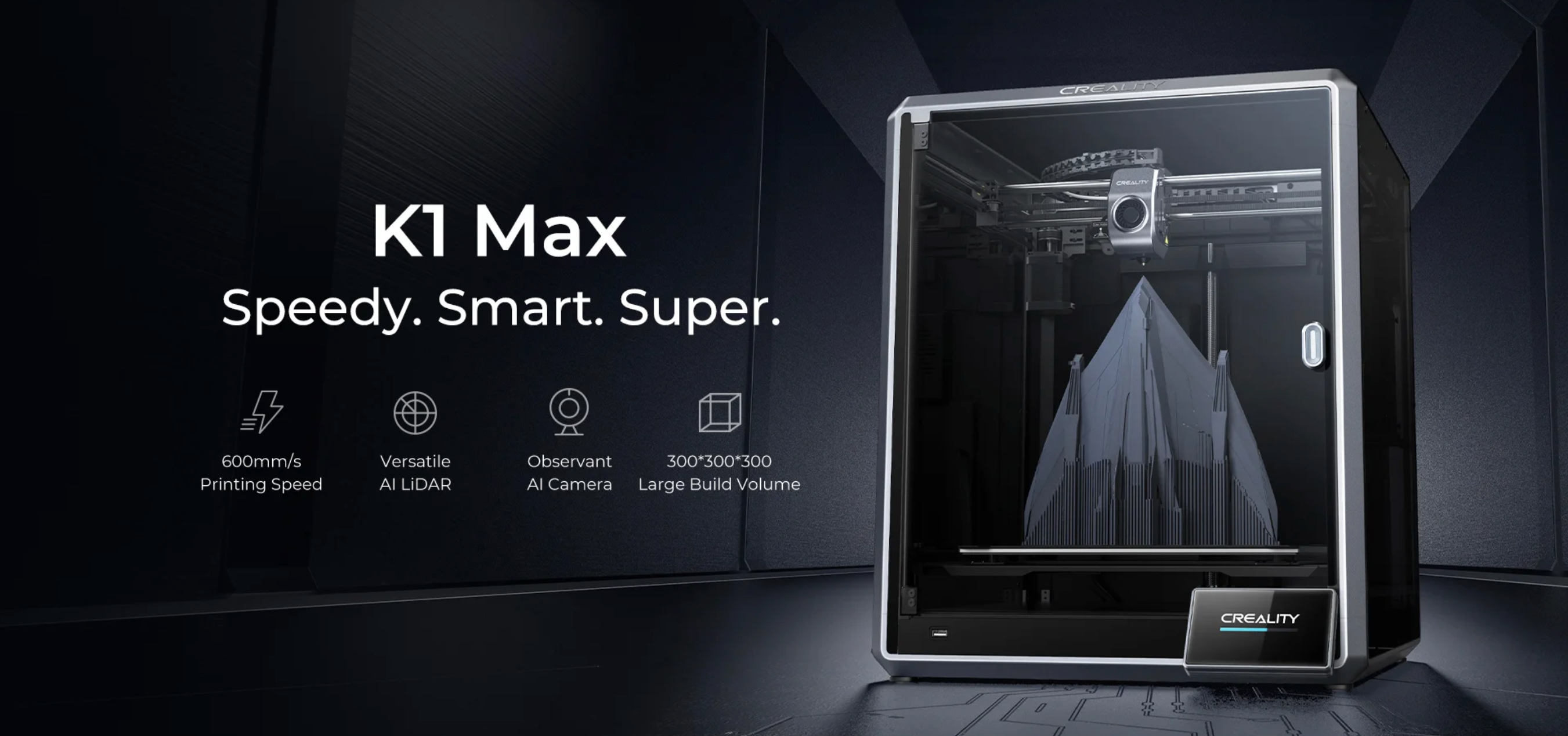
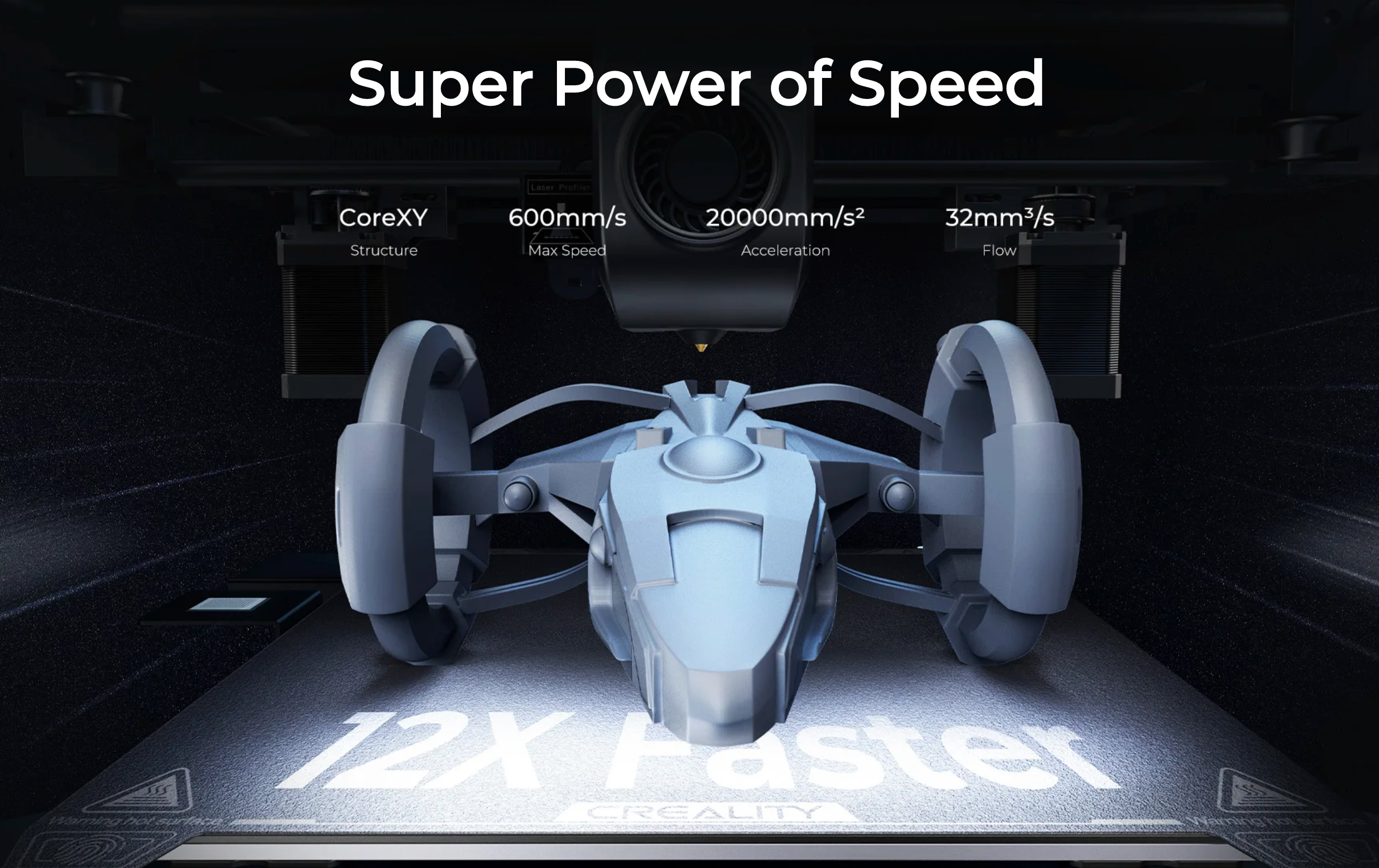
Still, it seems that Creality really went back to the drawing board to build the K1, but considering some of the design choices, I am sure they were looking at other company’s drawing board to get some inspiration. *wink wink*
I don’t have a K1 yet, but I have seen some pictures and videos online about it. I like that they finally started making the printer more compact and with better features. I think the motion system is quite interesting although I am a bit fearful of the extra weight you get with those thick linear rods on the X gantry.
I am sure that their Klipper adaptation will use Input Shaper to compensate for that, but it just feels heavier compared to the X1/P1P or the QIDI X3 line which uses Carbon Rods that are lighter and, in theory, should allow for faster movements.
Besides that, I can’t really say I have super high hopes when it comes to the Sofware running on the K1s. Sure, it’s Klipper but considering how much time it took to make the Sonic Pad better, I don’t really expect the launch firmware to be great. If it’s good, then it will be a nice surprise for me and probably others.
One example is the marketed Versatile AI LIDAR and Observant AI Camera headline features which are nowhere in sight other than their product listings. There’s probably a reason why the K1 doesn’t include them at launch, and that’s the lack of development on that side. Building good software that actually works takes a long time. I used to work in software development companies and I know for sure that it takes a lot of hard work, testing, trial and error to get a good solution to the market.
I guess we’ll see. Reviews will start to come up now but my recommendation would be to wait a few months after the products reach the market just to make sure you’re not getting a project instead of an actual working 3D printer that lives up to the hype. Right now every company is throwing hundreds of mm/s in their specs, but the machines don’t seem to reach that without a big asterisk.
QIDI
On that note, we get to QIDI machines (specifically, the X3 line) which are somewhat of a good example when it comes to rushed 3D printers which were launched with awesome specs on paper, but the end result wasn’t up to expectations.
If you didn’t know, QIDI launched the X3 line of printers, the QIDI X-Smart 3, X-Plus 3 and X-Max 3. All of them were boasting fast 3D printing at ~600mm/s, and fast 20K accelerations on their Core XY carbon rod motion system with Klipper onboard.
But the reality was that the marketing specs were too high compared to the actual capabilities of the machines. I can’t really talk about the X-Smart 3 and X-Max 3 but I had a few weeks with the X-Plus 3 and it didn’t live up to my expectations.
I have been testing the QIDI X-Plus 3 for a few weeks and what I found is problems with the Klipper implementation where the config was not that great, the hotend wasn’t able to reach the advertised 35mm3/s flow rate and print quality was also lacking when the printer was pushed fast enough.
Take this 3D Benchy as an example. It was printed in about 30 minutes and as you can see, the quality is not that great. A lot of detail is missing due to the heavy input shaping done to compensate for the fast motion of the printer, and the detail on the back plate is almost non-existent.
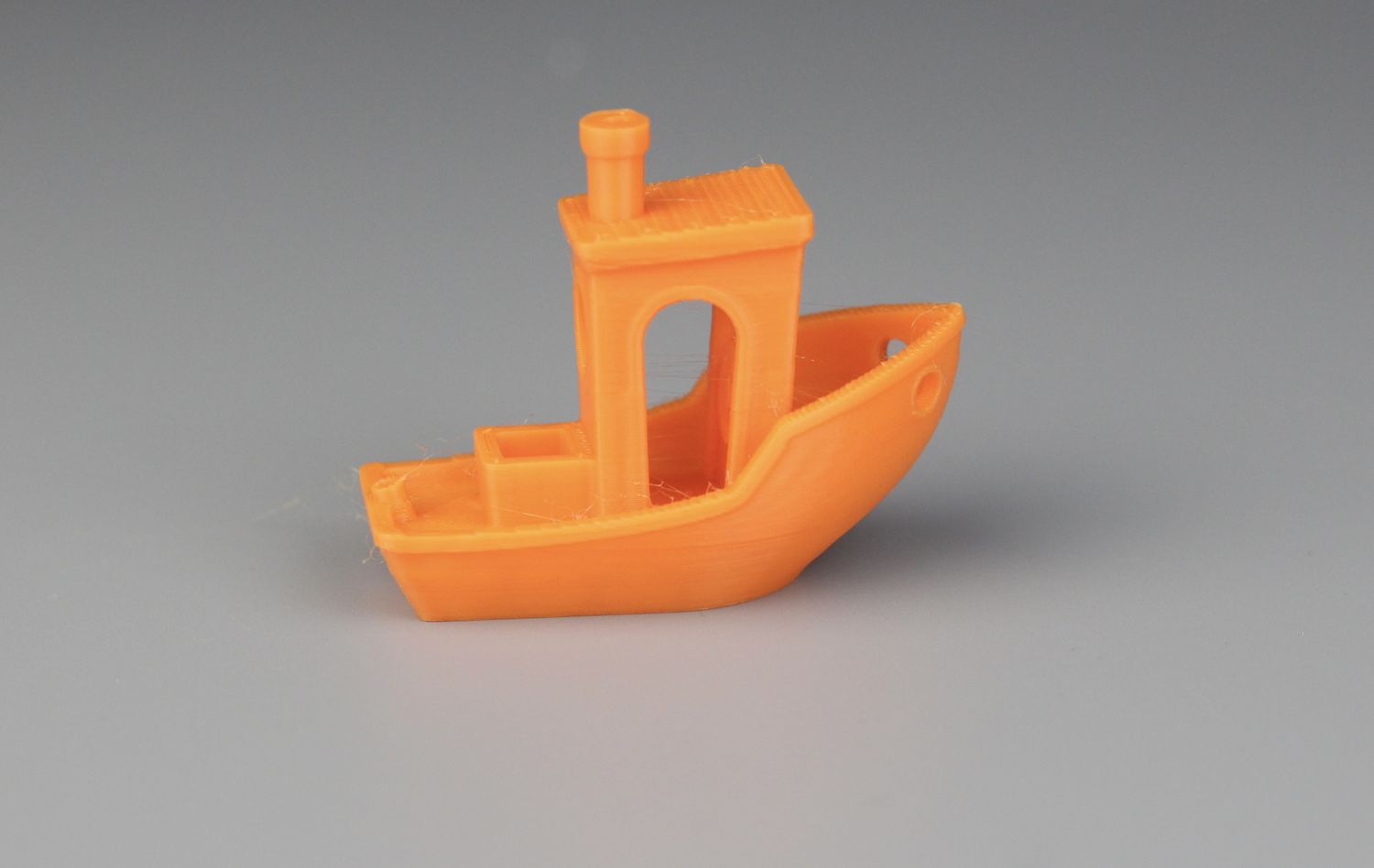
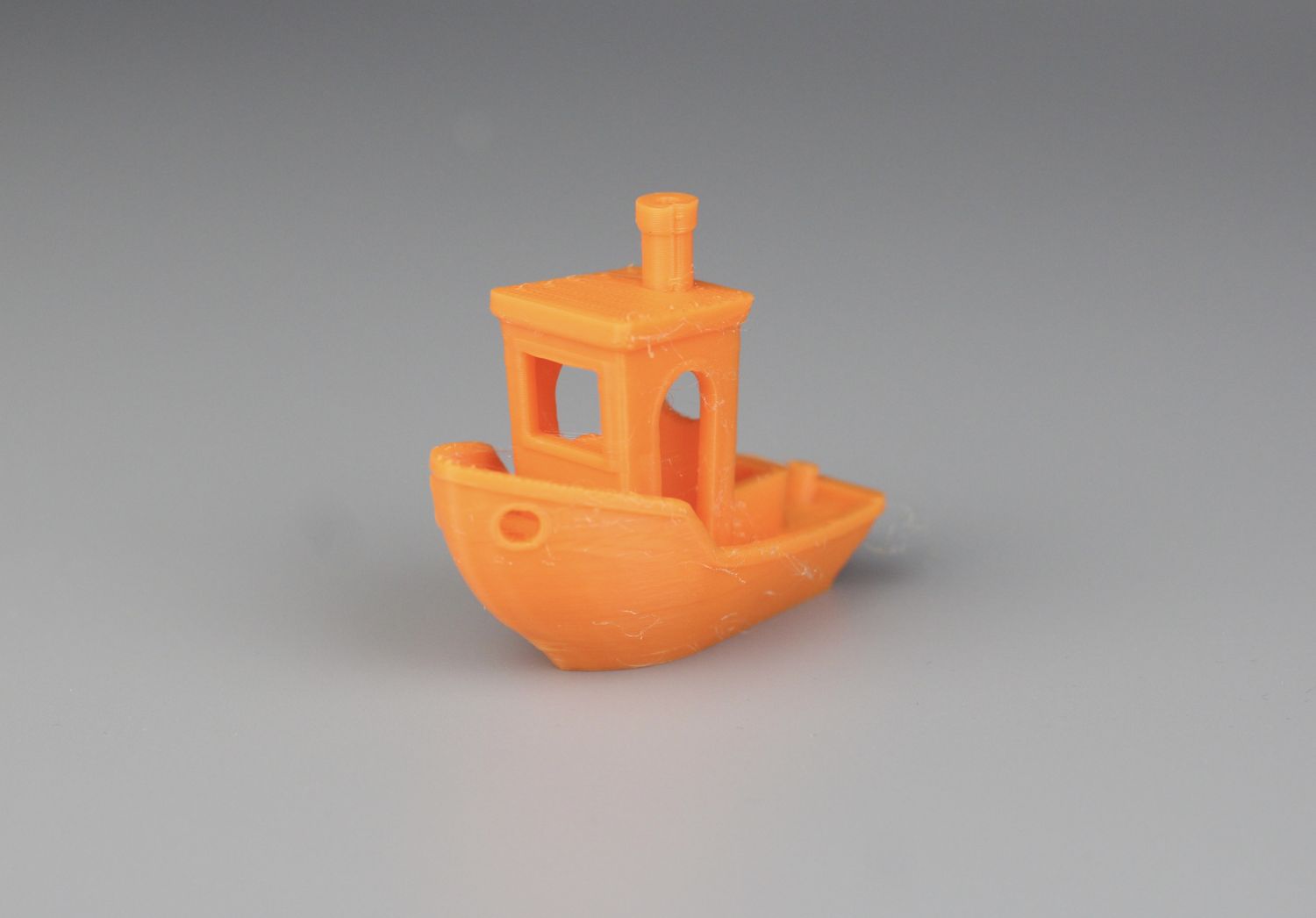
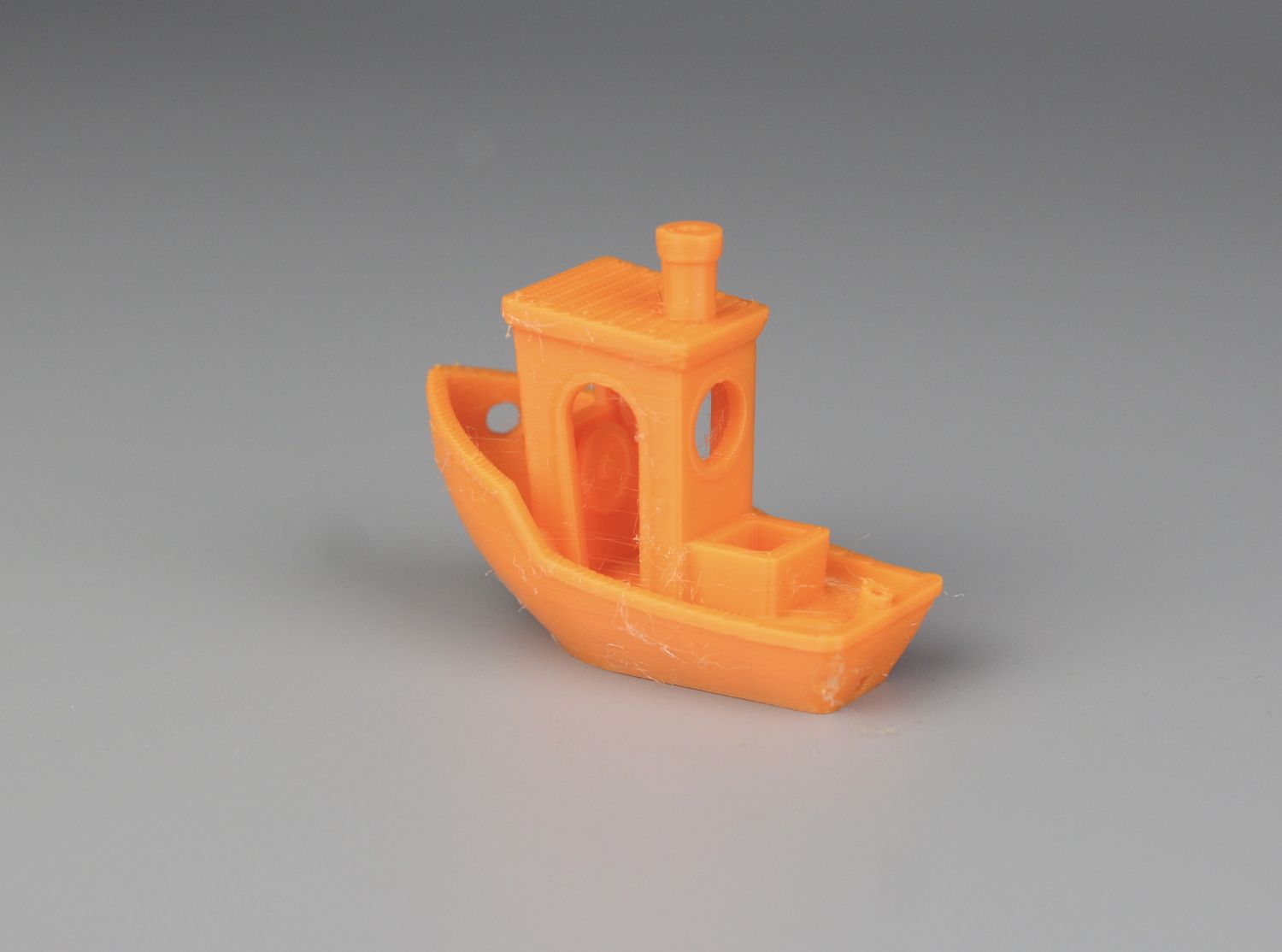
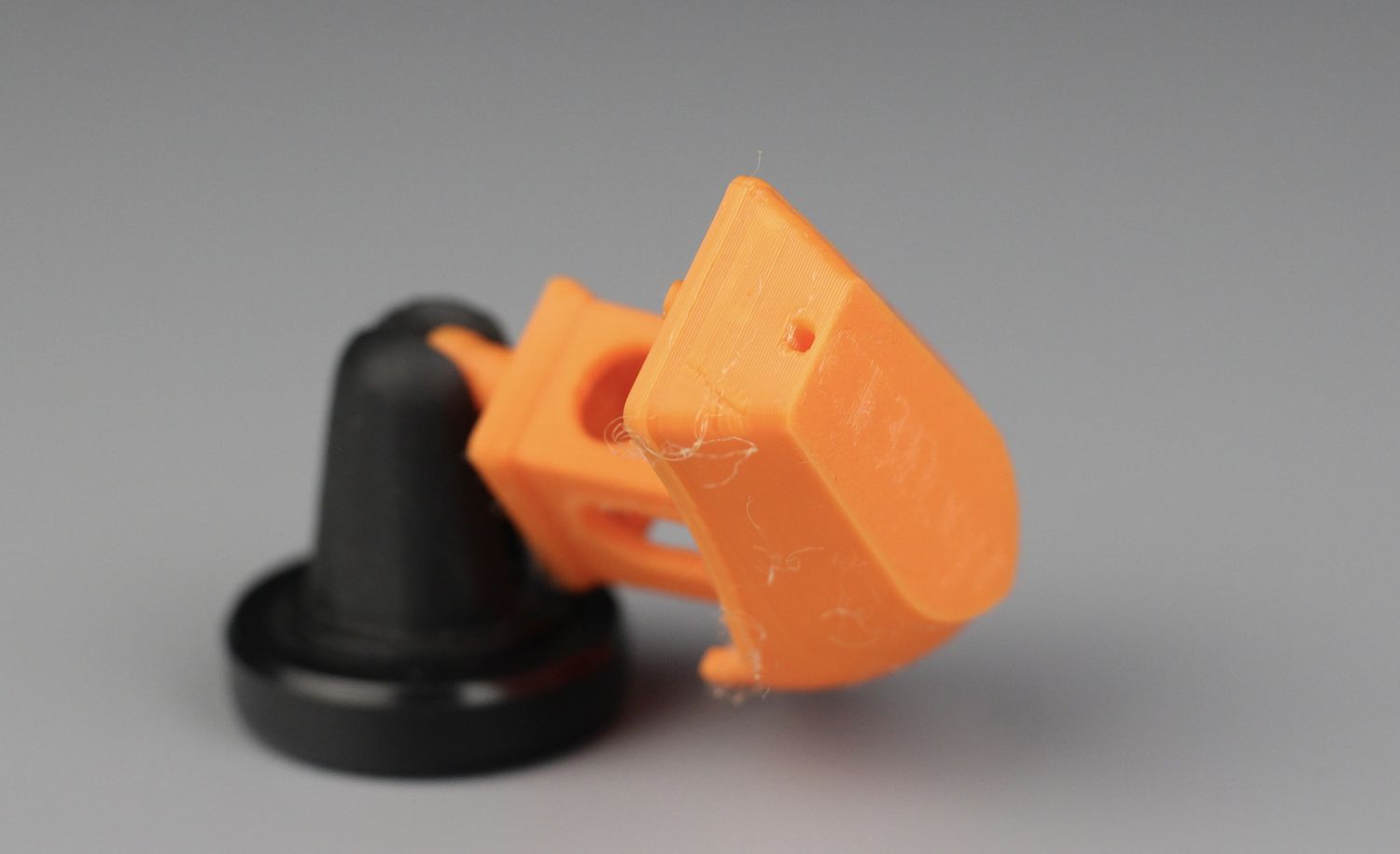
I was also disappointed to see that QIDI dropped their awesome thick aluminum heatbeds (which were one of the best options on the market) for regular PCB heatbeds which are more prone to uneven surfaces and also don’t have the same thermal mass leading to more power consumption.
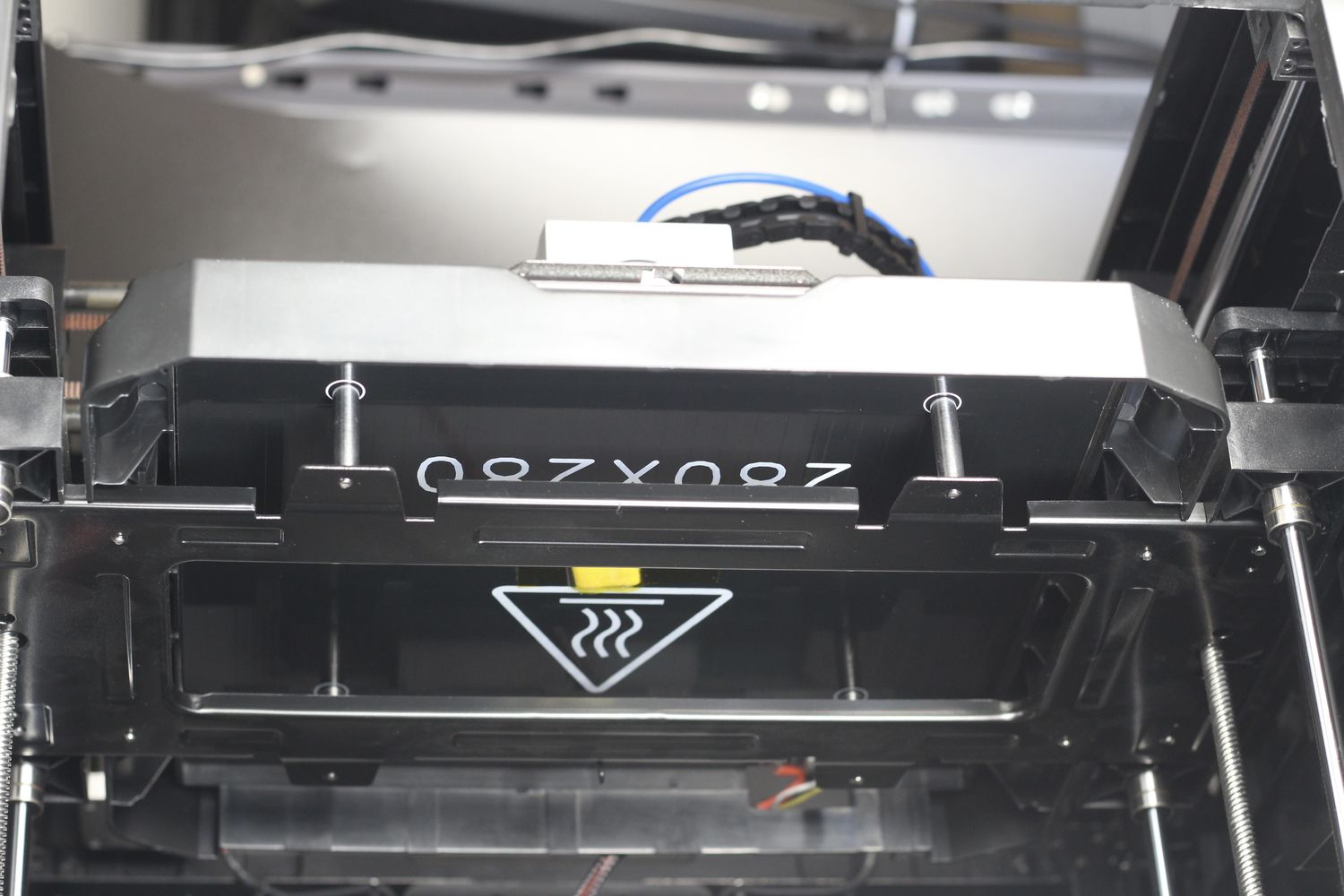
The build quality of the X-Plus 3 which I tested was not the same as the X-Max I reviewed a few years ago, but I guess they had to cut some corners to be able to sell their printers at an attractive price.
There was also a YouTube review of the X-Plus 3 from Clough42 which pointed out a frame issue that can be quite concerning. The plastic build of the printer had a bit too much flex on the bottom which generated inconsistent leveling. But I recommend checking out his video for more info.
I experienced similar bed leveling inconsistencies with my X-Plus 3 where the bed leveling probe was affected by the heatbed temperature and it was a constant struggle to get a good first layer after a print.
All these issues led to the pause in sales of the X3 line for now, and they are working on improving the software experience, and hopefully, some of the hardware issues reviewers have found. I believe this is a good decision on their part and a sign that they are committed to actually releasing a better product on the market instead of launching something and then relying on the community to fix it, as we’ve seen over and over from other companies.
Prusa
I can’t really say a lot about Prusa as I haven’t owned one of their printers but I am sure that a lot of people were buying Prusa machines for the great software experience (Firmware, Slicer Profiles) and the great support they are providing.
But it seems that Prusa has been caught off-guard and they weren’t as fast in coming up with a good contender for the Core XY fast 3D printing craze we live right now. They recently launched the MK4 which brings some interesting improvements over the previous MK3S but I am not sure if that’s enough to compete with what other larger 3D printing companies come up with this year.
And this is not necessarily because the MK4 is the same-old “bed slinger” design, as I think that design can still work pretty well, but it’s pretty clear that the MK4 was a bit rushed, and proof of that is the issues some of the early-adopters find even with the firmware which is considered to be one of the strong points of Prusa until now.
It was unfathomable until now to get unfinished software from them, as they always take a longer time to work on it before launch. This time, the lack of Input Shaper support for the MK4 at launch is kind of a dealbreaker for a lot of people and makes me think that even though they were marketing the MK4 to have 1 million hours of testing before release, that’s not really true. I hope I’m wrong.
While I am sure that Prusa will eventually release the firmware with Input Shaper soon, we still need to consider that the Wi-Fi upgrade for the Prusa Mini took a few years after launch, until it became a reality.
Besides that, the MK4 doesn’t come with an accelerometer out of the box, and from what I’ve seen online, they will be relying on pre-calibrated values for Input Shaper. I am not sure how that will turn out, and how the results will be, as every printer will be somewhat different and the resonances will also be slightly different. I guess time will tell.
A video shared by them shows that the MK4 has the power to do it, to print fast with good quality but I won’t really trust it before they actually launch the feature and people are testing it.
Honestly, I was expecting more from Prusa, especially considering that they had a lot of time on their hands to work on something new. I guess most of the development time and research was spent on the Prusa XL and not a lot of work has been happening for other machines. Of course, these are just my assumptions and the reality is probably different.
Still, they already had the Prusa AFS which I had the chance of seeing in real life. I am not really sure why they didn’t take one of these AFS modules to turn it into a Core XY competitor. It looks like the most obvious thing to do and also something they could have done quickly to keep up, but I am sure they had their reasons.
All I can say is that good support can only take you to a point. If customers ask for new products and they get an updated design of an old machine, they might look elsewhere to satisfy their needs.
Kingroon
A company that will sell another Core XY which might be worthy of our attention is Kingroon. They just announced their Kingroon KLP1 Core XY 3D printer which seems like a nice enclosed 3D printer with a Core-XY design that will be running Klipper.


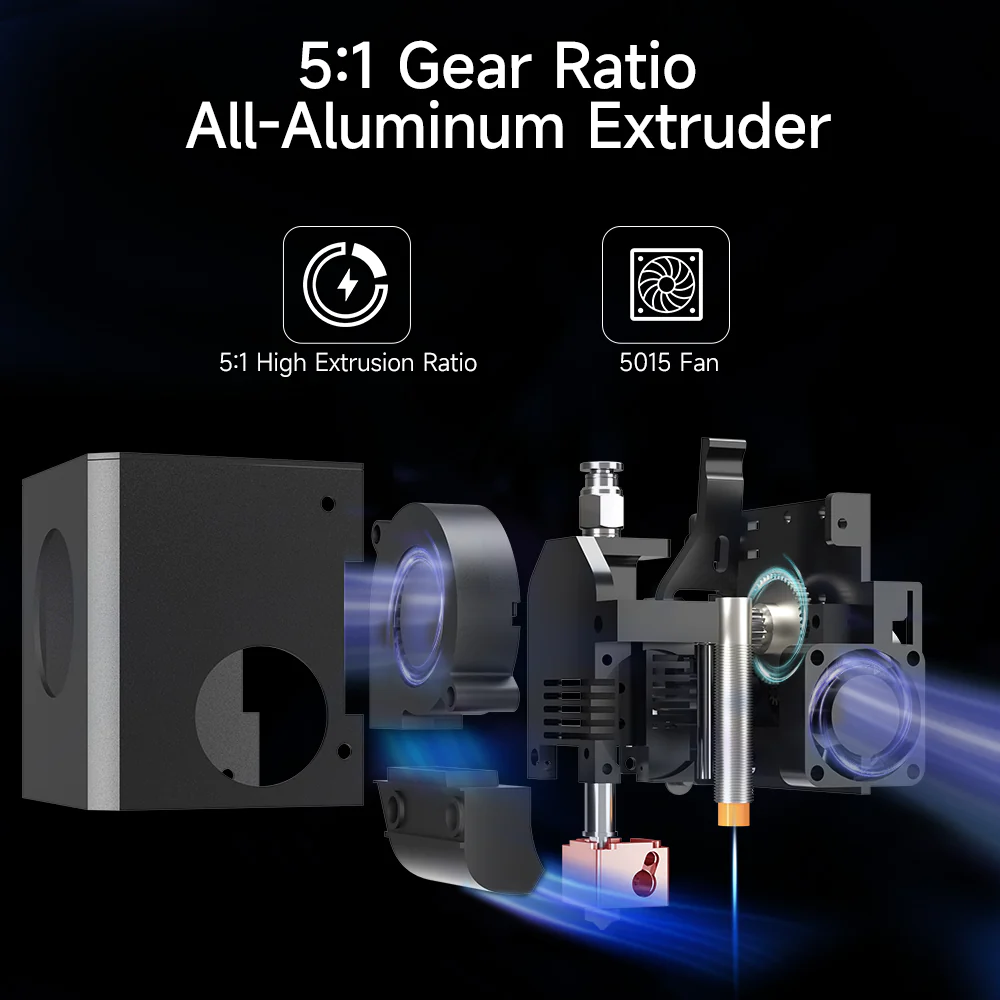
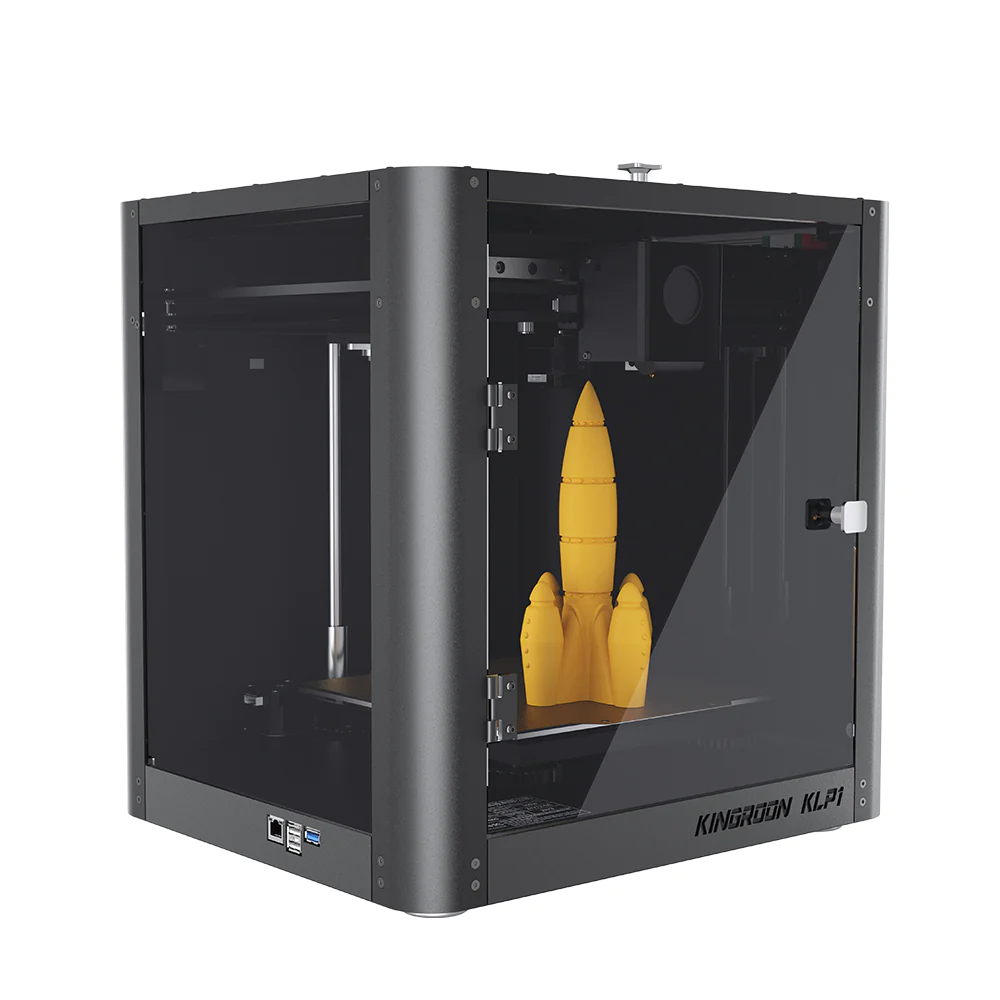
It has linear rails, an enclosure, boasting speeds of up to 350mm/s at 10K acceleration which are more in line with what you would expect from a machine of this caliber. It has a cantilever heatbed and what it looks like a BMG clone extruder which might be on the heavier side.
But my biggest disappointment is the PTFE lined heatbreak which won’t do that great in an enclosed machine. Considering how cheap bi-metallic heat breaks are now, I really hope they will be doing some modifications to their printer before launch to ensure good performance.
Of course, another important part is the software. Klipper is nice to have but I hope they will do their homework to build a good config that works well with the printer, and won’t leave this part to the customer. One can only dream, right? 🙂
Still, I hope their new Core XY printer is successful, as the KP3S is still one of my favorite compact 3D printers and the KP3S Pro V2 is the machine I love with Klipper out of the box. I haven’t had the chance to review it but I hope I will get my hands on it at some point to see what it can do.
Artillery
Artillery was also one of the companies that were teasing a new Core XY 3D printer at the end of last year. At the beginning of 2023, they were looking for feedback from the community for the name of the printer, but since then, it’s been radio silence.
I also have higher expectations from Artillery and I hope they come up with a good budget 3D printer which is Core XY and capable of keeping up with the other companies, because the Artillery Genius Pro and X2 are still one of the better printers you can get now for a decent price for what you get.
They were also a company that put a bigger emphasis on silent 3D printing, and I hope they will keep this on their priority list with new machines coming up. All these new fast 3D printers are quite noisy, and while a print can complete faster, it’s hard to have them in the same room while they are printing.
Anycubic
I was expecting something new from Anycubic. An announcement of a fast 3D printer in their pipeline or something more signifficant. But my expectations were too high, as it seems that they will not be participating in the Core XY “revolution” this year and will probably focus on their resin printers.
They are currently teasing a new fast 3D printing, named the Kobra 2. Judging by the marketing materials currently available, it’s going to be an upgrade over the Kobra I reviewed in the past, with some changes to the motion system allowing for faster printing but I don’t expect them to compete with the other Core XY machines which are currently in the main focus of the customers.
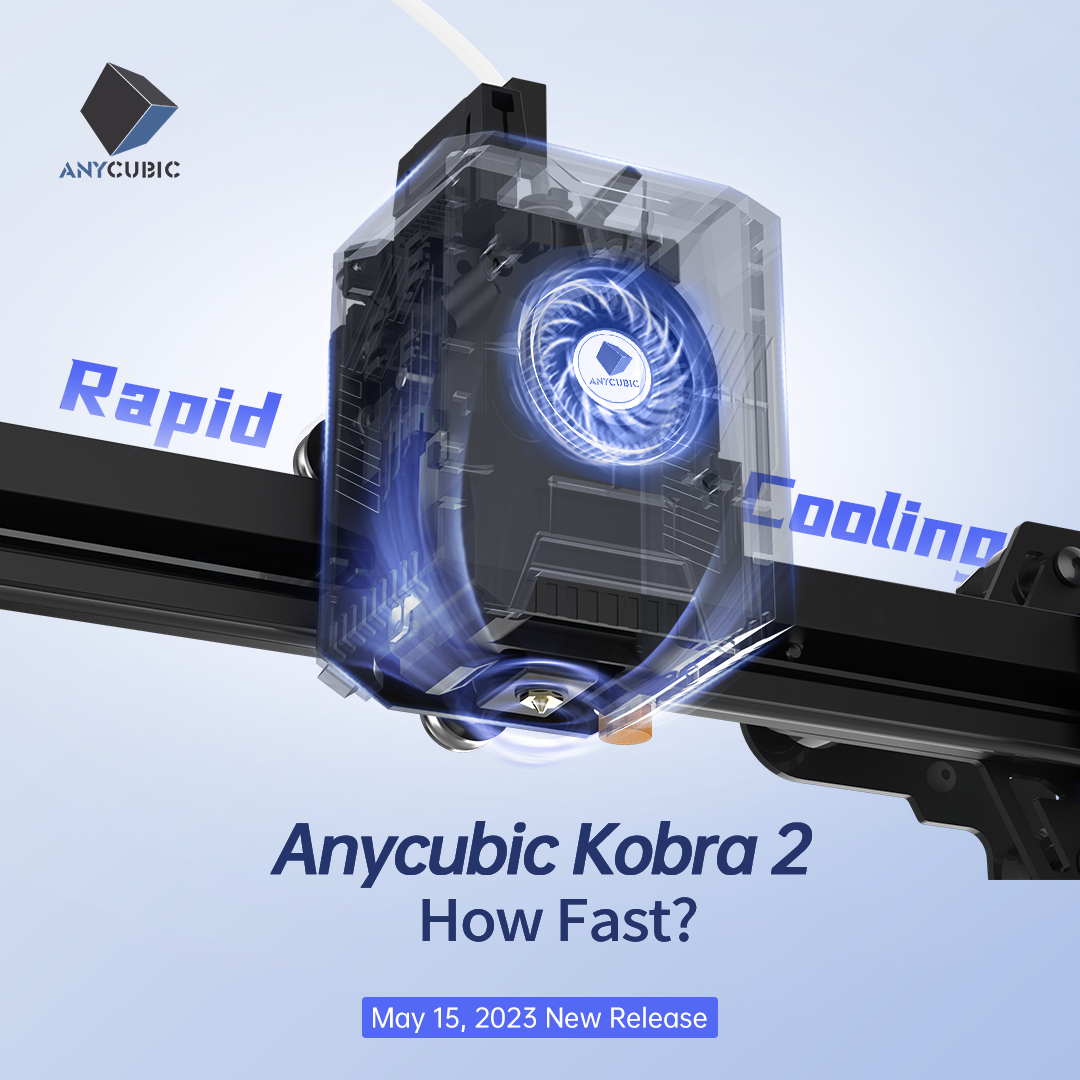
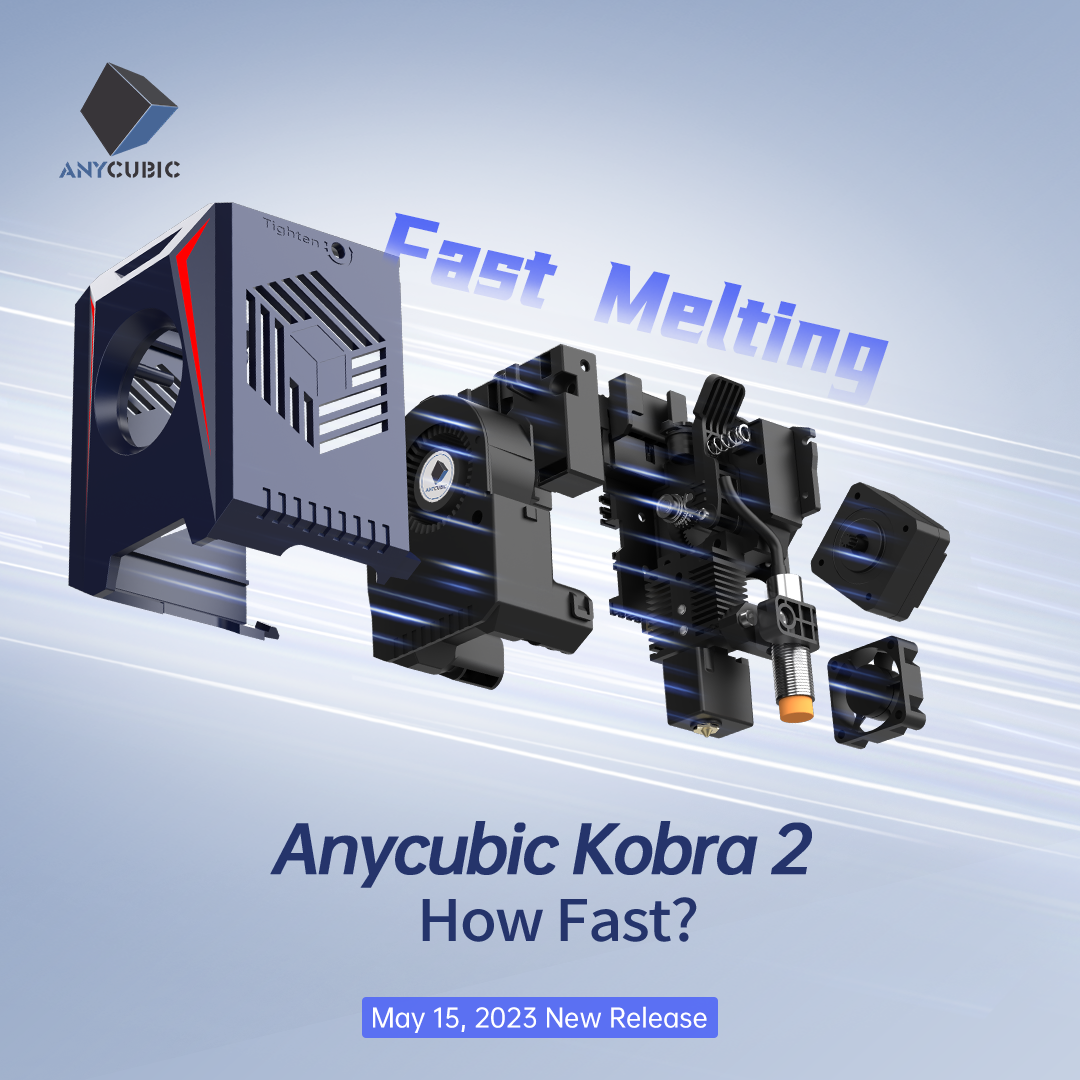
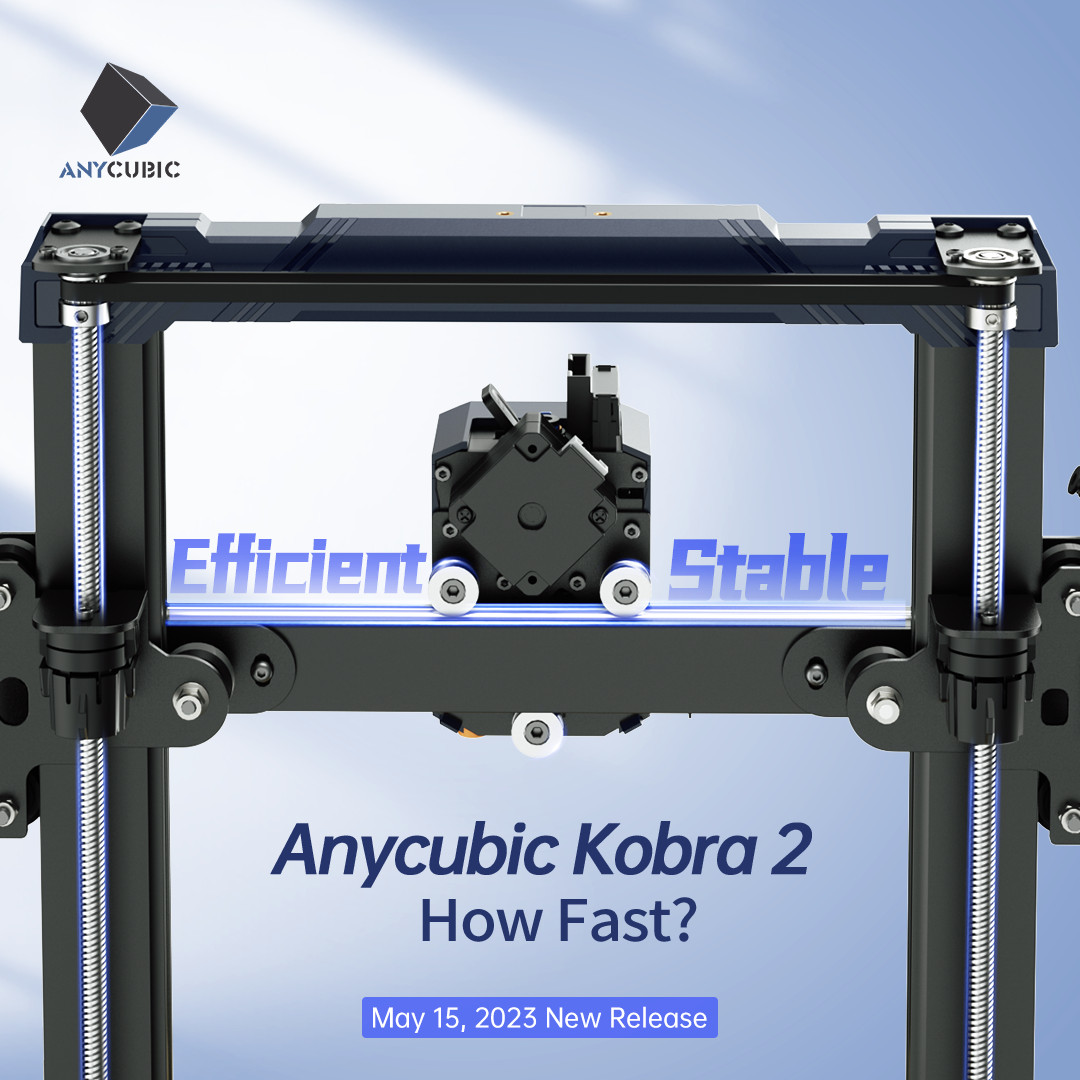
This kind of shows that they weren’t prepared for this, and scrambled to get a new FDM printer with Klipper just to be kept in discussion. Hopefully, I’m wrong, but I don’t expect them to remain too relevant when it comes to FDM if they won’t be doing something actually new. The market is expecting better and it won’t be easy to keep selling slightly better machines based on the old design.
The Software Experience
We talked about the hardware but one of the things everyone should keep in mind when making their next purchase is the software experience. You can see that building a decent Core XY mechanical design is not rocket science and most of the companies can do an acceptable job when it comes to this. But software is just as important in my opinion, and we as customers should demand more from the companies selling us these printers.
Even though the Creality K1 line, QIDI X3 line, and Kingroon will come up with hardware that will be fast, the value proposition is not that interesting if they can’t also deliver on the software side.
There are two main reasons why the Bambu Lab printers are so popular right now: Fast Hardware and Good Software. We all remember that the Bambu X1 didn’t have an amazing software experience at launch, but they kept working on it and after a year since launch, the software has been constantly evolving to a point where I can say it’s one of the best on the market.
The integration between the Slicer, Mobile APP, and the hardware is a good-enough value proposition to make me recommend their printers to most of the people that want to get a printer because it just works as you expect.
Of course, there’s a lot of stuff to work on still, but I trust that they will not leave us dead in the water with the launch firmware which we get most of the time with other brands. The closed-source nature of the firmware might not be everyone’s cup of tea, but for me, it’s not a big deal as long as I get a great experience when it comes to printing. I love tinkering but at the same time, it’s awesome to have a printer that just works and it’s ready to do when you need it. And I am sure there are a lot of other people just like me.
With that said, I hope that all the companies that compete right now to get into the Fast 3D Printing scene will put a bigger weight on the software experience and will develop it further to make sure that customers have a good experience.
I wish to see a good Klipper firmware integration into the new printers, with well-tested printer configs and great slicer profiles out of the box. There’s a lot of potential and spending time on integrating the awesome capabilities from Klipper like Adaptive Bed Leveling, Resonance Compensation, is the key for success. These features can be added “for free” with some a bit of work, and only contribute to the value proposition when selling their printers.
But similar features were also available with Marlin in the past, and companies weren’t that focused on implementing basic features like Linear Advance, or fine-tuned slicer profiles so I have some reservations on what to expect in the near future.
Who will survive?
In the end, I really enjoy to finally see some competition in the 3D printing scene. Having all these companies fighting to get our money for their products is exactly what we needed as consumers. But I also hope that customers will vote with their wallets on what company gets that money instead of arguing online on what printer is best while defending their favorites.
This “fight” can be seen more and more in online discussions and I am getting tired of it. It’s something that drew me away from the PC building communities in the past and brought me into 3D printing. I hope this doesn’t happen again where it’s a constant fight of “my printer is better than your printer” instead of focusing on the enjoyment 3D printing can bring to everyone.
My recommendation to everyone is to keep their money in their wallets until the new generation of 3D printers arrives in people’s hands and real reviews come up from trustworthy sources before spending that money on pre-orders.
I was never a fan of pre-orders, and if we consider all the stuff that happened in the past, most of the time it’s not a good decision to order something only based on the promise of that product being great with features advertised to be “coming soon”. You might find yourself in a position where the companies that took your money will launch those features with their next machine and you are left with a broken promise.
What I know for sure is that all 3D printing companies need to adapt and come up with new features to a higher standard if they want to survive in a market that is becoming more demanding, especially in 2023 which already became the year of Core XY 3D printers.
Liked it?
|
|

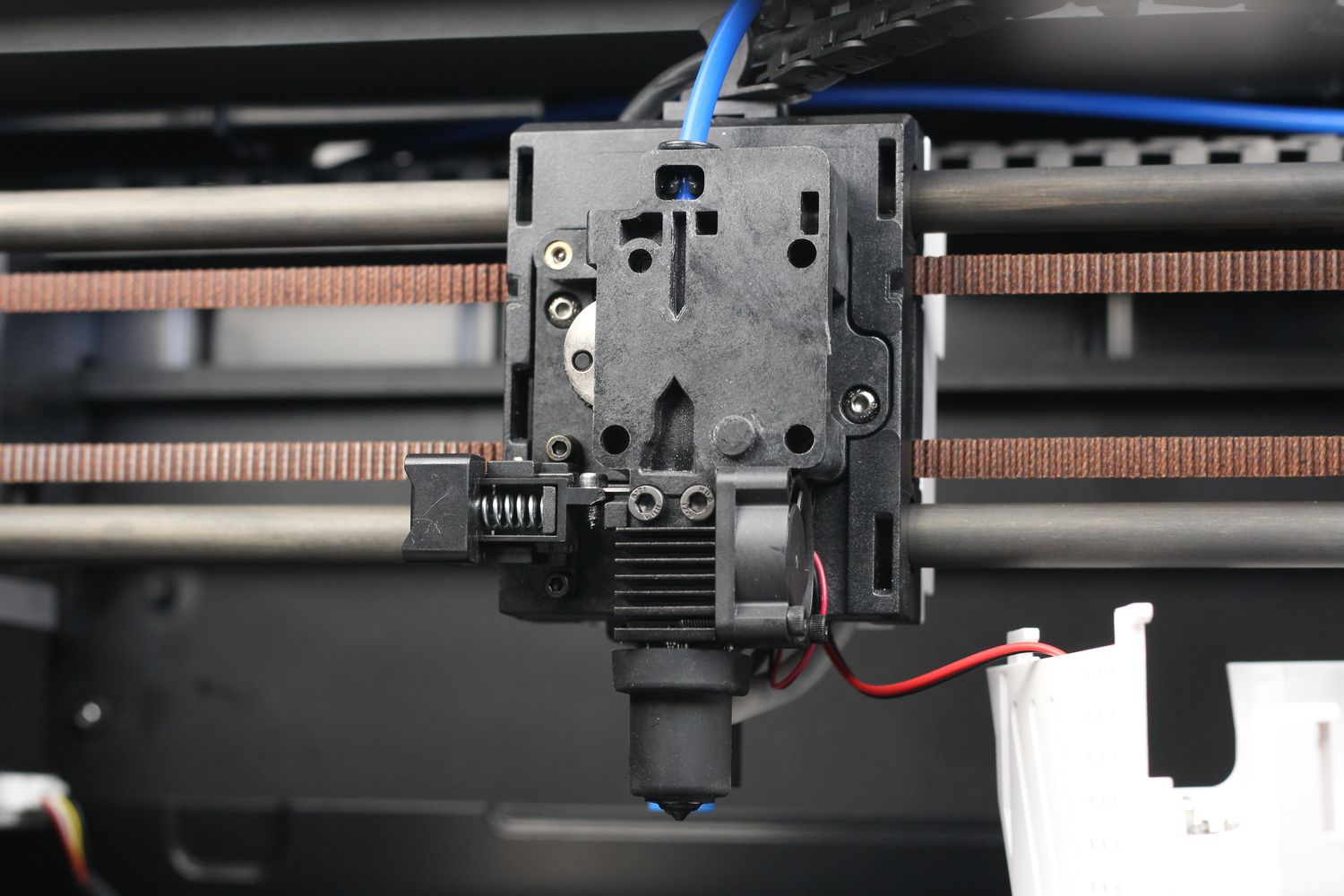
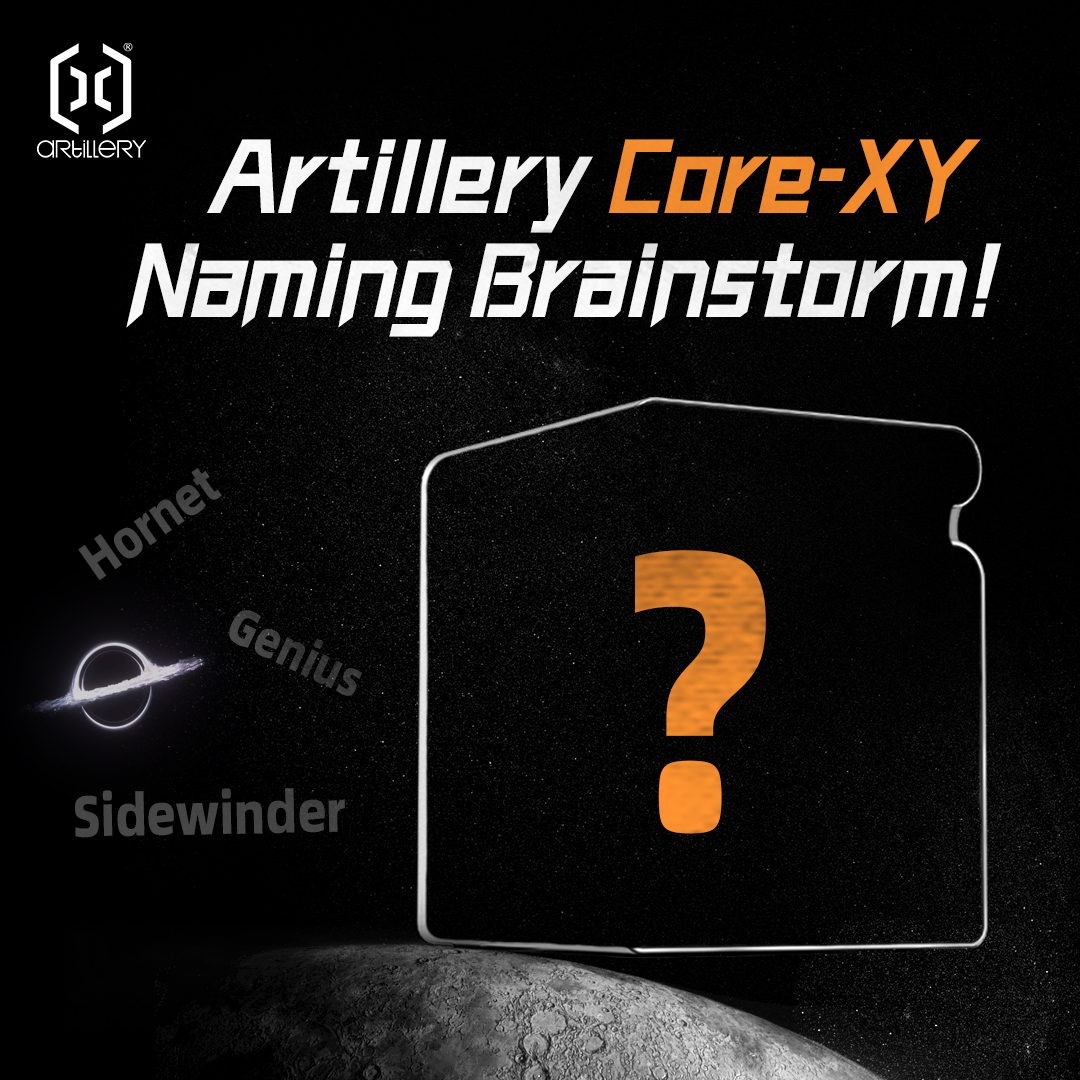
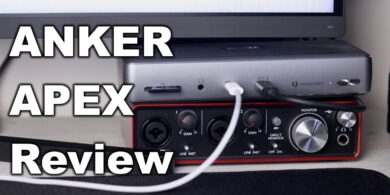
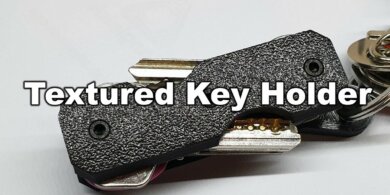

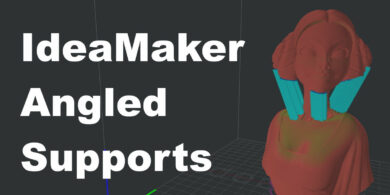
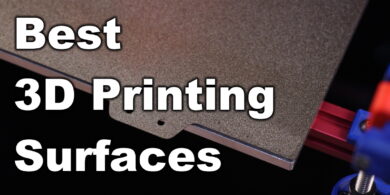
You can leave a comment for this article on the 3DPrintBeginner Forum